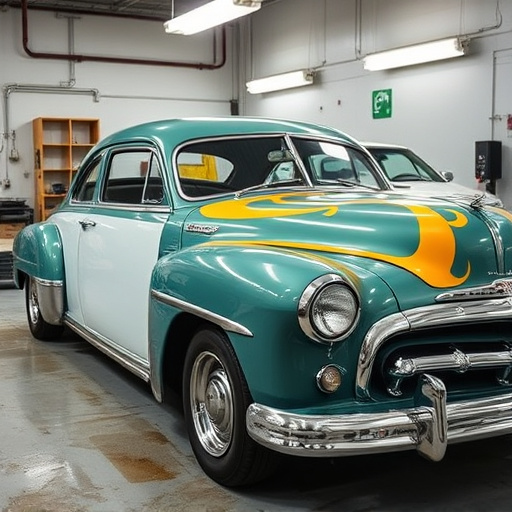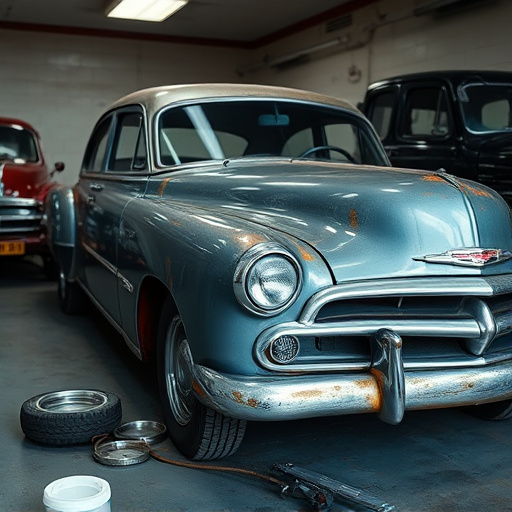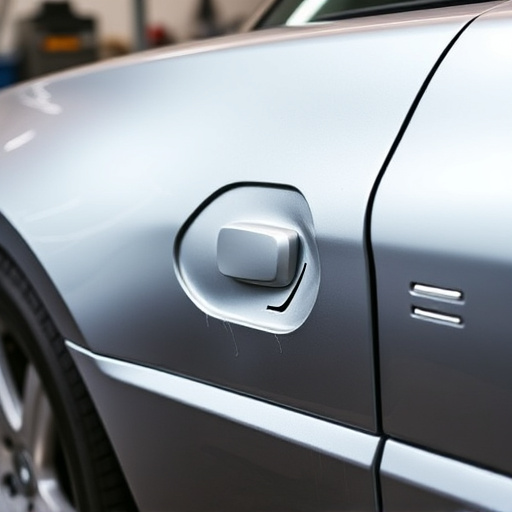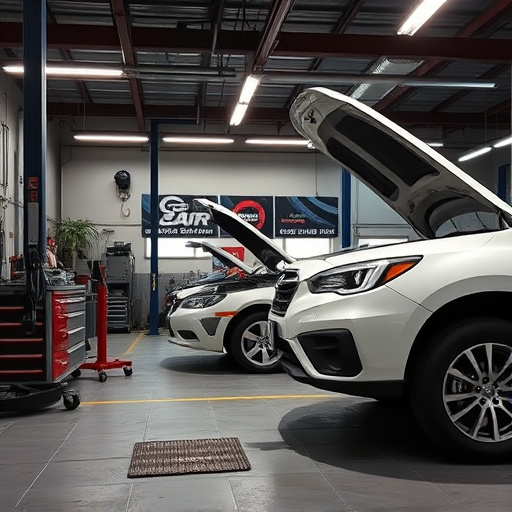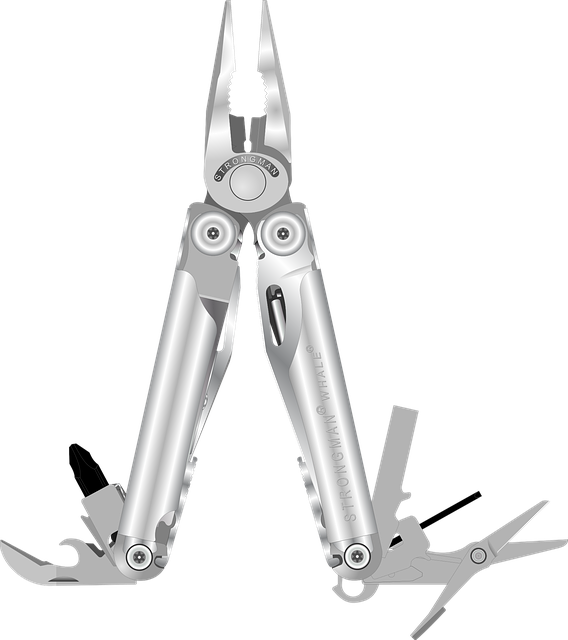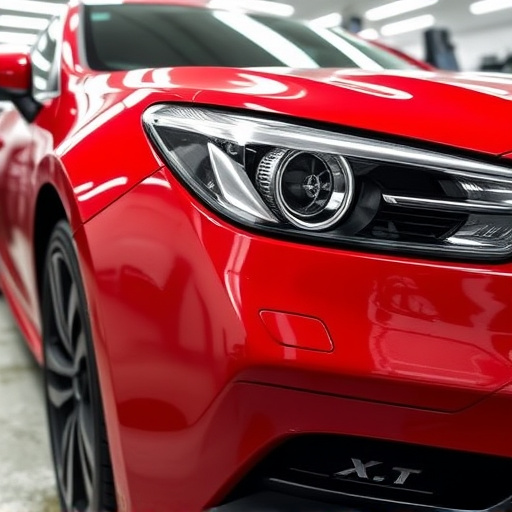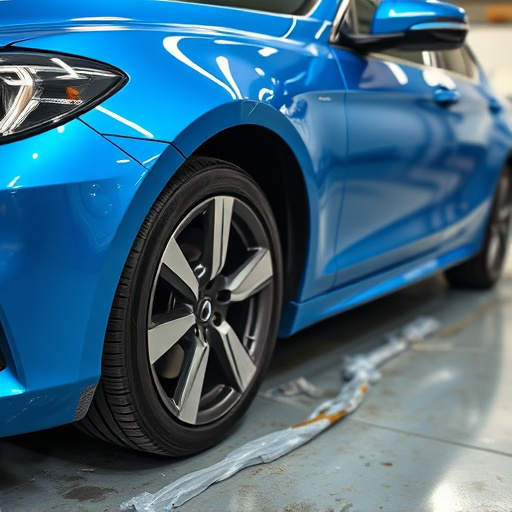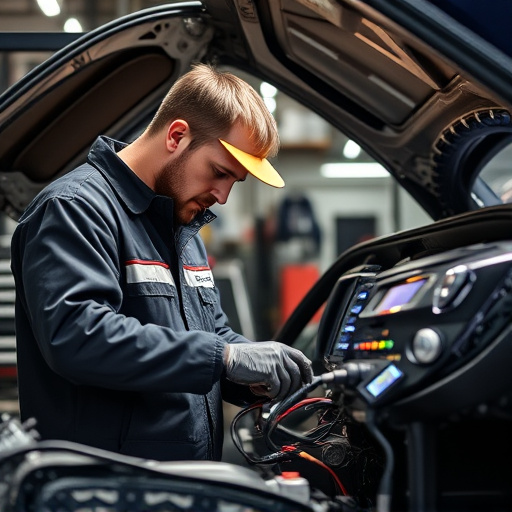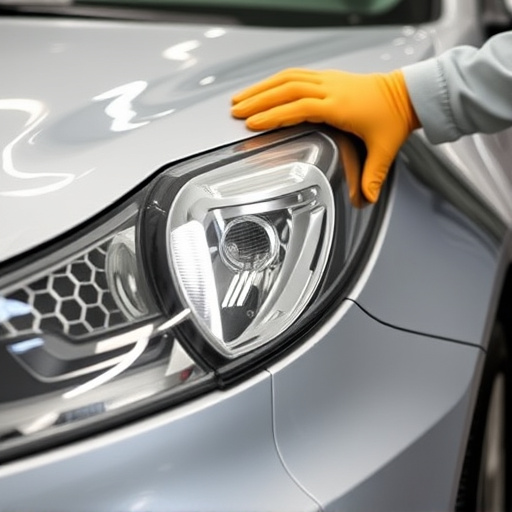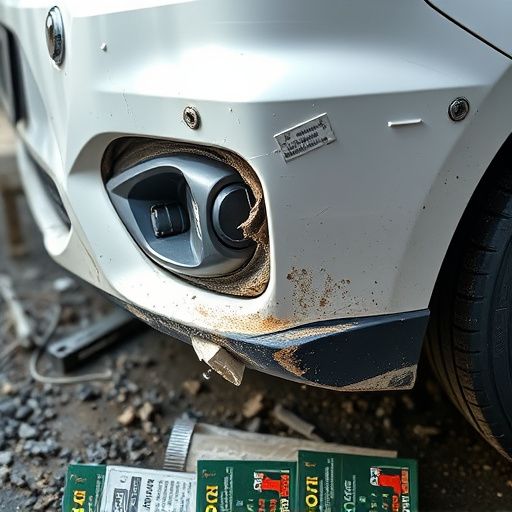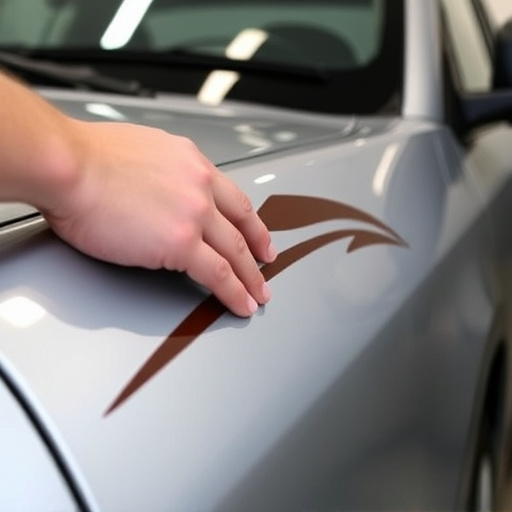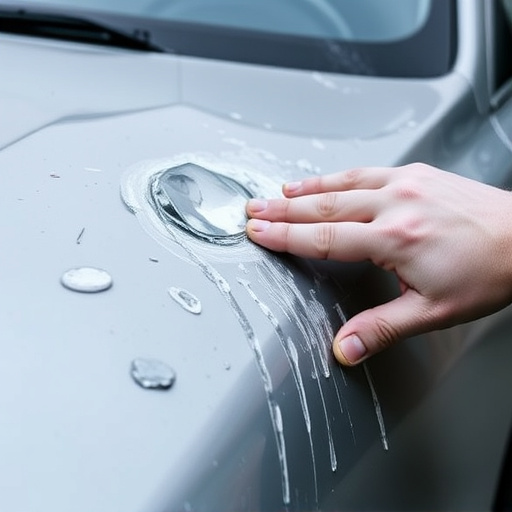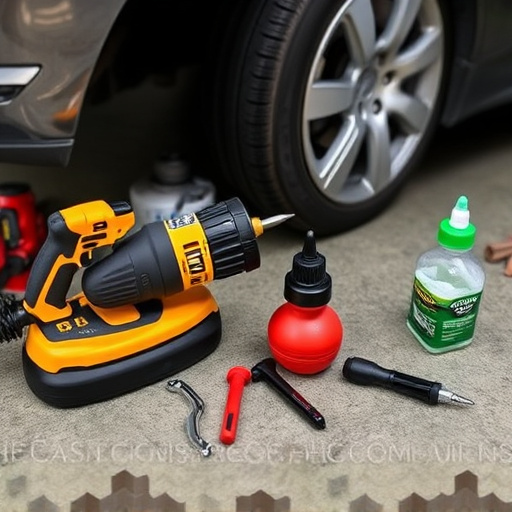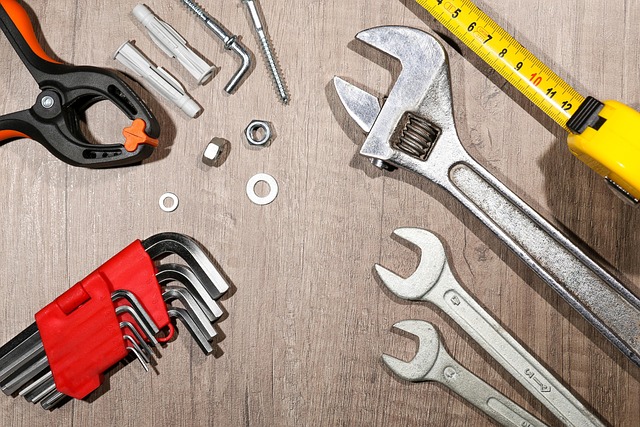In early automotive history, collision repair lacked standardization, with varying skill levels and time-consuming processes leaving visible scars on vehicles. As vehicle designs became more complex, maintaining structural integrity became crucial, leading to the evolution of collision repair standards. Advancements in technology, material science, robotics, CAD software, 3D scanning, and digital innovations have transformed the industry, ensuring higher precision, consistency, quality services, safer vehicles, and more sustainable practices.
The evolution of collision repair standards reflects a dynamic industry adapting to technological advancements and safety requirements. Over time, from rudimentary repairs in garages to today’s sophisticated workshops, collision repair has transformed dramatically. This article explores this journey through three key phases: a historical perspective examining early collision repair practices, the development and adoption of industry standards, and modern trends driven by technology’s impact on collision repair standards.
- Historical Perspective: Early Collision Repair Practices
- Industry Standards Development and Adoption
- Modern Trends: Technology's Impact on Collision Repair Standards
Historical Perspective: Early Collision Repair Practices

In the early days of automotive manufacturing, collision repair practices were far from standardized. Before modern safety features and sophisticated tools became commonplace, vehicle body shops relied on manual labor and basic techniques to fix damage. Every vehicle body shop was essentially a unique entity, with varying levels of skill and quality. The process often involved time-consuming welding, hammering, and painting, with little regard for preserving the original vehicle structure or aesthetics. Each collision repair was treated as a one-off case, lacking any uniform standards or guidelines to ensure consistency and safety.
This ad hoc approach to car body repair presented several challenges. Not only were the outcomes unpredictable, but repairs often left visible scars on the vehicles’ bodywork, impacting their resale value. As vehicle designs became more complex with advancements in technology, maintaining structural integrity during repairs became critical. This historical perspective highlights the need for established collision repair standards, which would eventually emerge to transform the industry and ensure safer, more consistent outcomes for motorists.
Industry Standards Development and Adoption

The evolution of collision repair standards is a testament to the industry’s commitment to enhancing vehicle repair services and ensuring customer safety. Over time, as technology advances and our understanding of material science improves, industry standards for dent removal and other collision repair processes have become increasingly sophisticated. This development is driven by both regulatory bodies and forward-thinking collision repair shops striving to maintain high quality and efficiency in their work.
The adoption of new collision repair standards involves a collaborative effort between manufacturers, industry associations, and repair shop owners. They come together to establish guidelines that promote best practices for various aspects of vehicle repair, from structural integrity to paint matching. This ensures that each collision repair shop meets the necessary criteria, providing customers with reliable and quality services. The continuous refinement of these standards reflects the dynamic nature of the automotive industry, where staying ahead means embracing innovation in dent removal techniques and other specialized services.
Modern Trends: Technology's Impact on Collision Repair Standards

The modern landscape of collision repair is a testament to technology’s relentless evolution. Modern trends in collision repair standards are being driven by advancements that enhance precision, efficiency, and safety. Automated systems, including robotic welding and computer-aided design (CAD) software, streamline processes once done manually, resulting in more accurate and consistent car bodywork services. These technologies enable auto body shops to achieve higher levels of detail and quality in automotive body work, aligning with the stringent collision repair standards of today.
Moreover, digital innovations like 3D scanning and advanced materials have revolutionized the industry. 3D scanners capture precise measurements, eliminating guesswork and ensuring exact replacements or repairs. Newer materials, both lighter and stronger, offer better crash performance, reducing the overall need for intensive auto body work. These modern trends not only elevate collision repair standards but also contribute to safer vehicles and more sustainable automotive practices.
The evolution of collision repair standards reflects a continuous journey towards precision, efficiency, and safety. From the early days of rudimentary repairs, the industry has embraced technological advancements that have revolutionized how we approach auto body work. As we look to the future, ongoing innovation in materials science, digital technology, and sustainability will further refine collision repair standards, ensuring safer, more environmentally-conscious, and aesthetically-superior vehicle restoration practices.
